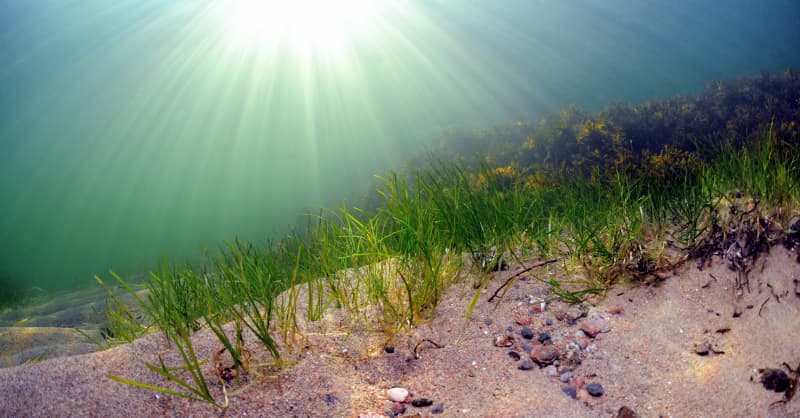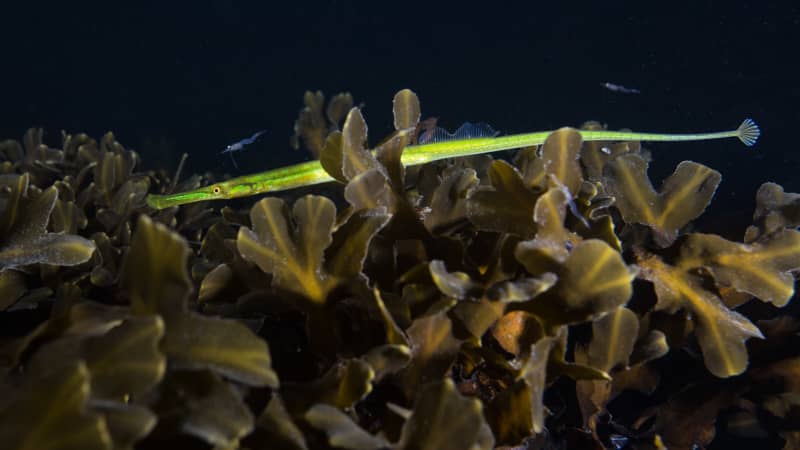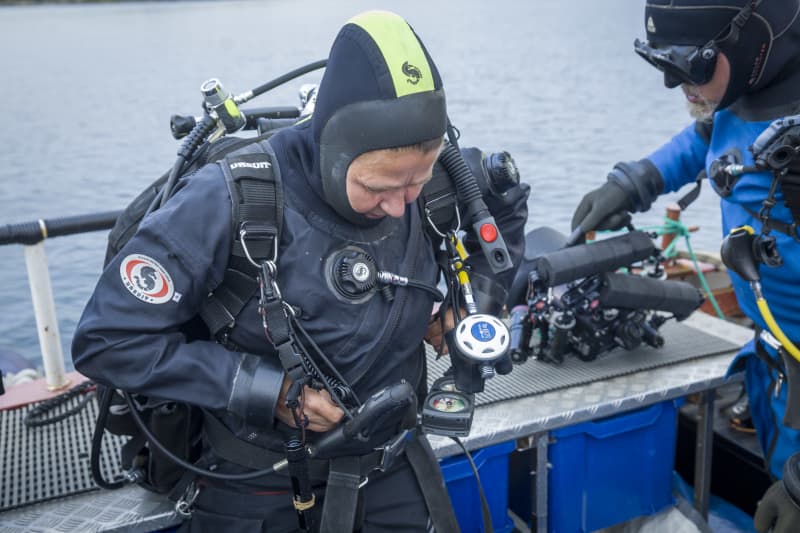Eutrophication has taken its toll on the Baltic sea herring, one of the key species. The state of the sea has improved and efforts are now being made to restore seagrass meadows to sandy bottoms.
The submarine support vessel Deko is quietly swaying in the cradle of the waves, anchored off Santahamina.
The diving plan has just been reviewed, the wetsuits and drysuits are pulled around the neck and the weight belt is attached to the hips. The depth near the shore is 2–4 meters, and although the water is relatively clear, the sea seems bottomless.
Today we are not looking for treasure, but ordinary sand. A bottom where a sea urchin wounded by eutrophication would enjoy itself.

Seaweed meadows teeming with life are primeval forests of the Baltic Sea, which can be up to a thousand years old. In the millennium, many things have time to change: nutrients have made the sea lush, fringed meadows have taken over, and the water has become cloudy.
However, sea urchins can be helped, for example, by planting them in new places to grow. First you just have to figure out where.
So let’s go for a little dive.
A haven for the \”seahorses\” of the Baltic Sea
Globally, seagrass meadows are disappearing at a rate of 110 square kilometers per year – faster than coral reefs and rainforests. Every hour, the world loses seagrass meadows the size of two football fields.
A large part of the world’s commercial fish stocks depend on seagrass meadows. So in addition to nature, the food security of hundreds of millions of people is threatened.
The only seagrass in the Baltic Sea is threatened by eutrophication, beach construction and dredging. A seafarer classified as watchable is in danger of disappearing.
As in ecosystems in general, it’s not just about the seafaring: snails and crustaceans that graze in the meadows, as well as many fish that hide among the vegetation – for example, sandbark and seahorses’ relatives, the seahorses, are also affected.

– Merijajokas creates an entire habitat where invertebrates thrive, fish and waterfowl can also dive for food from there. Meadows are a miniature ecosystem.
In the sea meadow project started this year by the John Nurminen Foundation and Metsähallitus Nature Services, the aim is to return seagrass meadows back to the areas from which they have disappeared.
Let’s go back to Santahamina for a moment. Perhaps the sandy bottom here is the kind where sea urchins once grew.
Let’s see how it looked on the bottom.
Man with the help of clones
Based on preliminary information, there are hundreds of possible planting locations. That’s why in the sea meadow project, volunteers who love the sea are invited to participate in the work.
In the experiment that started this fall, the diving club H2O helps the John Nurminen Foundation and Metsähallitus in mapping suitable sand and gravel bases and reports the results forward according to detailed instructions.

The divers rise to the surface and climb onto Deko’s deck to review the underwater observations.
Well, special expert Miina Mäki, what does the bottom look like based on what you’ve heard?
– It seemed good in every way. It was said to be a clean, beautiful sandy bottom, and in the coastal zone there was a sea urchin. Without a doubt, one where a sailor could grow up.
Thanks to the long-term conservation work, the sea is now doing better in places and the seafaring could once again be successful. However, as a species that initially prefers the salty waters of the ocean, it does not produce seeds efficiently in the Baltic Sea.
– That’s why we are now trying to spread out a little in good growing places, Mäki states.
Even hectare-wide underwater meadows are the product of asexual reproduction. All the \”individuals\” of the meadow can be clones of one and only plant.
Low or almost non-existent genetic variation makes meadows sensitive to environmental changes. There is genetic variation between meadows, but the plants have adapted to their local habitats. Therefore, the plants to be planted also want to be moved from nearby waters.
Transplanting of terns has been piloted in state protected areas in the western Gulf of Finland. Based on the monitoring results, the plantings have been successful, and in some of the sites, sea buckthorn has already formed a new dense growth.
The most important thing is to protect what is already there
Plantings are a valuable help, but it is good to remember that the primary means of protecting the sea urchin is the protection of existing meadows and the improvement of the state of the Baltic Sea as a whole
According to the goals agreed by the UN and the EU, a 30 percent protected share of sea and coastal areas is also aimed for in the Baltic Sea.
We are still far from the goal, because, for example, only about 11 percent of Finland’s sea surface area is protected. In addition to the surface area, what is protected is also important. Protection must be aimed especially at diverse marine nature sites.
The interest in conservation, the additional help brought by the plantations and the cleaning of the coastal waters promise a better future for seafarers. The drifters now also enjoy legal protection, as sea drifter beds are listed as a protected natural habitat in the new Nature Conservation Act.
It’s time to turn the bow towards the home port. Perhaps in the coming summer, the beginnings of a seagrass meadow will already sprout here, and the sand dunes will be rejoicing in the desert that has turned into a jungle.
